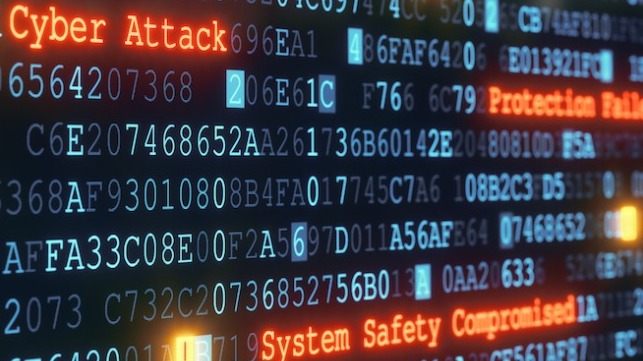
The Fraunhofer Institute for Production Technology IPT determined the risk from security vulnerabilities and the attacks on their IT infrastructure which take the course of scientific investigations for the white paper “Cybersecurity in Networked Production,” which has now also been published in English.
The Production Security Readiness Check in an AiF-funded research project with small and medium-sized enterprises (SMEs) which were being develop by the Aachen scientists.
Flexible networking is one of the benefits that small and medium-sized enterprises that exploited the potential of Industry 4.0 on their production facilities and the risk of cyber attacks.
Effective protection for production IT and infrastructure
But how can SMEs identify and select effective security measures even without high financial and organizational outlay? It is a question that is clasified by the research project that the Fraunhofer IPT with the Fraunhofer Institute for Communication, Information Processing and Ergonomics FKIE that wants to carry out with interested companies in the project of FQS Forschungsgemeinschaft Qualität e. V. that is funded by the german Federation of the Industrial Research Association (AiF). A combination of the web-based questionnaire with an automated network analysis tools is what the Aachen researchers want. Without an extensiveprior knowledge the use-friendly questionnaire guidesu users to the process and takes the account of both the industry and company size. Whishc resulted to receive detailed assessment of the current security level of the user.
Users and enablers for safe production
“We are looking forward to companies that want to participate in the further development either as users or also as enablers,” explained Alexander Kreppein, project manager of the Production Security Readiness Check at Fraunhofer IPT. Users can, for example, contribute requirements and use cases to the project and help shape the tool’s recommendations for the areas in threat and vulnerability management, identity and access management, information exchange and communication. IT solutions were being offer to the companies for production or software for quality or compliance management can participate in the project as enablers.
The project will run from March 2022 to March 2024. The developed concepts and the prototype of the developed application will be maked by Fraunhofer and Fraunhofer FKIE which is available to the participating companies
The Industry 4.0 in the industrial revolutions don’t replace existing assets and the technologies with new ones, its about mastering the challenges and opportunities that was posed by the disruptive technologies such as AI, machine learning, and big data.
Cyber threats in the manufacturing industry
“Cyber threats faced by manufacturers come in all shapes and sizes, including phishing, IP theft, ransomware, IoT attacks and supply chain attacks,” begins Mo Cashman, Principle Engineer at McAfee.
“Manufacturers are vulnerable to cyberattacks wherever digital is present,” adds Bobby Bono, Partner and Industrial Manufacturing Practice Leader at PwC, “manufacturing is not a siloed industry – supply chains span numerous countries and industries. A company is only as secure as those it works alongside. Companies must determine what their stakeholders are doing to protect not only their information but also any shared information,” he continues.
There has been ana increase for digital sales and marketing by the consumers since last year due to remote working the number of connected systems and devices multiplies. “Attacks relating to COVID-19 continue to impact the sector. Research from McAfee found 9,435,863 malicious detections related to the pandemic since April last year, with 2 per cent of these attacks targeting the manufacturing industry. Trojans have been the main tactic used across all sectors, followed by viruses and potentially unwanted programmes,” says Cashman.
“Another thing to keep in mind is that the manufacturing sector-like all sectors of the economy-is coping with massive workforce changes,” adds Steve Gansen, Sales Business Development Manager for Manufacturing Industry, Cisco.
“Baby boomers are retiring in large numbers, and that’s driving the adoption of technology solutions, including analytics, remote expert and other network-driven solutions, so they can do more with less without losing their competitive advantage. But these solutions come with their own risks; they create a wide and vulnerable threat landscape, that is compounded by the historically ageing infrastructure within outdated plants. Manufacturers must adapt to avoid cyber threats.”
Please contact us for further information.
